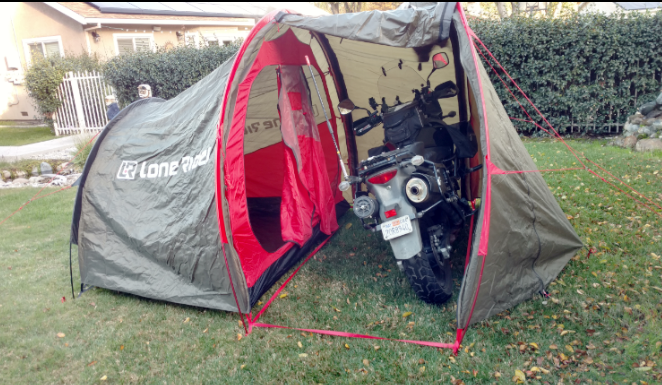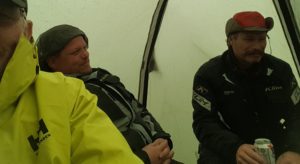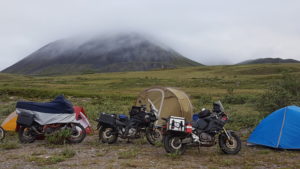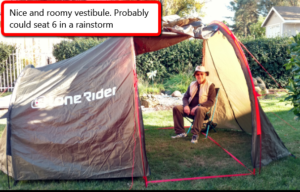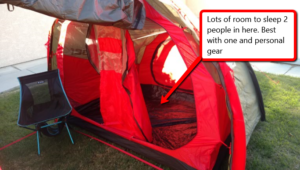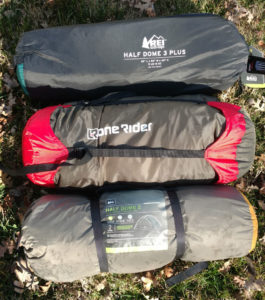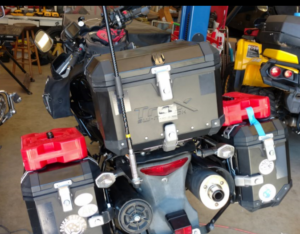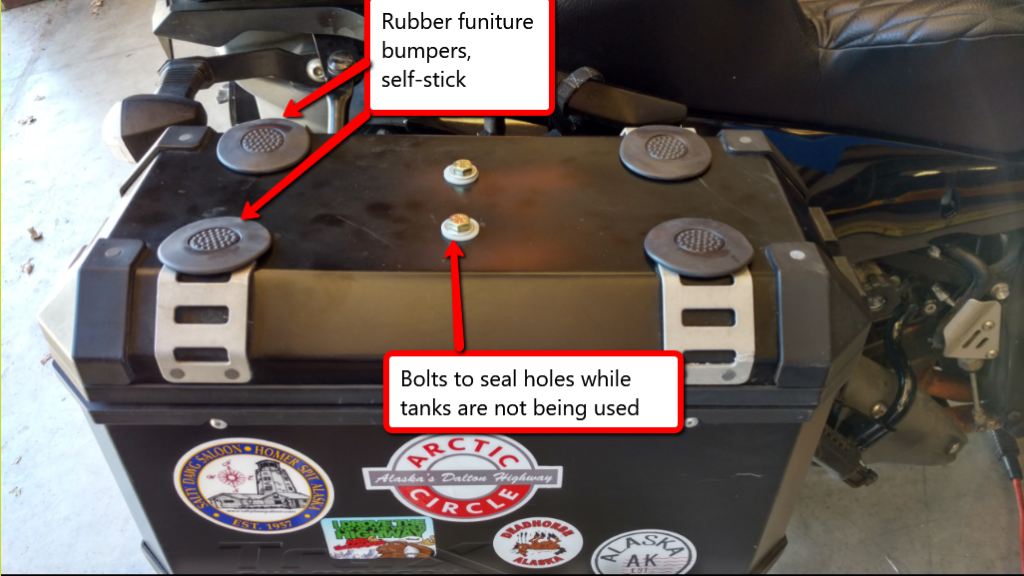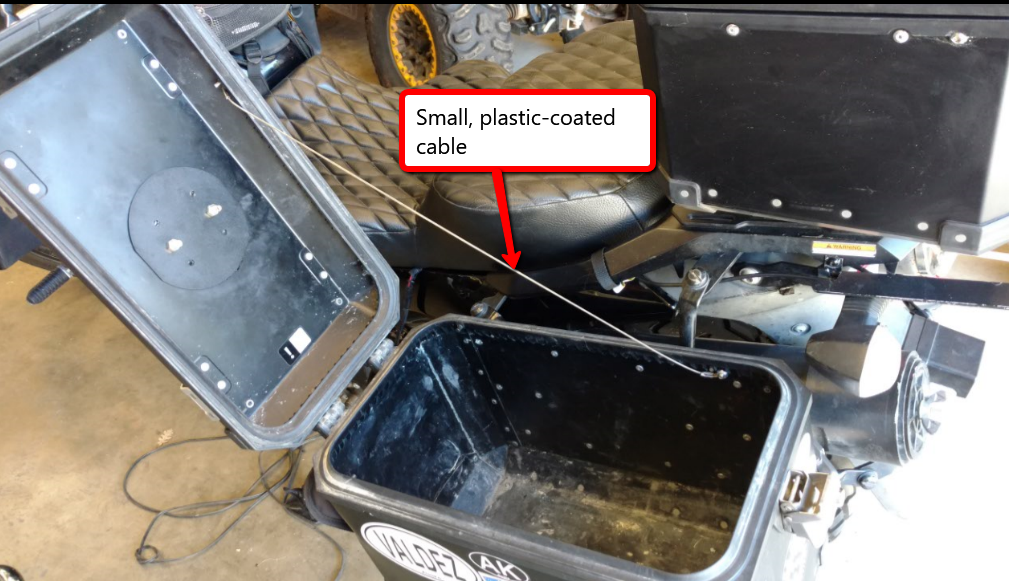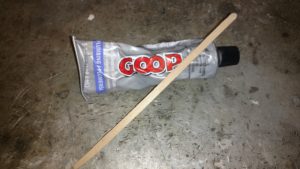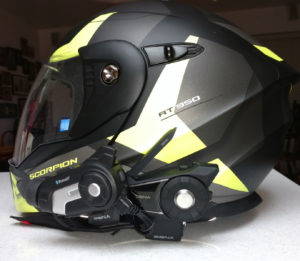 A quandary I was in. I like communicating via Bluetooth intercom with my riding buddies and love taking videos of our rides. The Sena 10C camera/intercom combination works well for me. I also love the new Sena 30K “mesh” intercom for its ability to hook up with 10 or more other 30K intercoms. The 10C is limited to only three. I wish Sena made a 10C-like camera with the ability to “mesh intercom” with lots of riders like their 30K model!
A quandary I was in. I like communicating via Bluetooth intercom with my riding buddies and love taking videos of our rides. The Sena 10C camera/intercom combination works well for me. I also love the new Sena 30K “mesh” intercom for its ability to hook up with 10 or more other 30K intercoms. The 10C is limited to only three. I wish Sena made a 10C-like camera with the ability to “mesh intercom” with lots of riders like their 30K model!
For our upcoming motorcycle trip to the far north First Nations’ Inuvialuit village of Tuktoyaktuk (pronounced “Tuk toy AK tuk”, referred to by many as just “Tuk”) in Canada’s Northwest Territories, our group of eight chose the 30K so we could maintain communication for the whole trip. Just like talking on an intercom to your back seat passenger but you can talk with the others on your “mesh” intercom network, hands-free, who are more than a mile away…so they say.
I have a Go-Pro Hero 4, which has a somewhat better resolution…that you can hardly see on a computer… but really didn’t want to wear it after getting used to the feature-rich compact Sena 10-C.
So I just added my 10C to the same helmet that has the Sena 30K. This meant squeezing in another set of earphones and another mic not to mention the two Sena intercoms. I could have left off the mic and earphones but then would not be able to comment on the video and hear the myriad of status calls coming from the 10c, like “camera on,” “recording,” etc. It was actually easier to do than I thought it would be and I don’t notice the small bit of extra weight on my modular Scorpion helmet.
Here’s how it went.
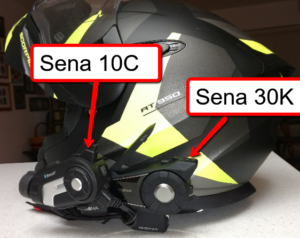
I had to move the Sena 30K back just a bit from its normal spot to allow the Sena 10-C camera and intercom to clamp on in front. Both have to be on the same side to allow operation without using your throttle hand.
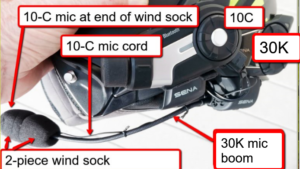 For the 30K, I used the plug-in boom mic and for the 10C I used the wired small mic. For a mic holder, I used two of the windsocks supplied with the 10C mounting kit. I cut the top off one, making it into a sleeve and slid the big 30K mike through it along with the wired 10C mic. Then I put the 10C mike in a complete windsock and slid it onto the 30K mike. The 10C mike is in the end. Both work very well when close to your mouth…the closer the better.
For the 30K, I used the plug-in boom mic and for the 10C I used the wired small mic. For a mic holder, I used two of the windsocks supplied with the 10C mounting kit. I cut the top off one, making it into a sleeve and slid the big 30K mike through it along with the wired 10C mic. Then I put the 10C mike in a complete windsock and slid it onto the 30K mike. The 10C mike is in the end. Both work very well when close to your mouth…the closer the better.
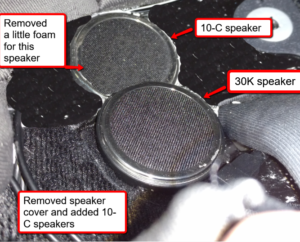
To mount the extra two speakers in the helmet, I cut out a bit of foam near the built-in speaker cutouts and put them in next to the 30K speakers and higher up to get the sound in via my upper ear. Sounds great! You can hear the higher fidelity that the newer Sena 30K has over the older Sena 10C. I only want to be hearing the 10C’s status reports, like “camera on” “recording” etc. I’ll use the 30K system for intercom, music, phone, etc. 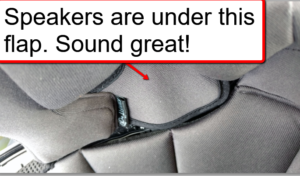
The two units do fit well together and now I can converse with my many buds on the convenient Sena 30K “mesh” intercom while also doing a video of our rides.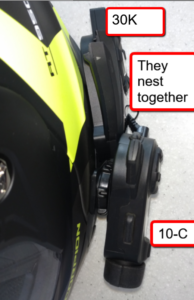
For more info and a review on Sena’s 30K, see here.
FOLLOW UP: We are back from the trip both Senas worked great! While they worked. A couple of us had problems with fidelity on our 30X mesh units and some thought it was because of moisture infiltration. It does rain in Alaska! One unit failed altogether…out of 8…but I had a complete extra unit along so substituted it for the bad one. The Sena camera worked flawlessly and produced some great videos and stills. I’ll be publishing some of those later.
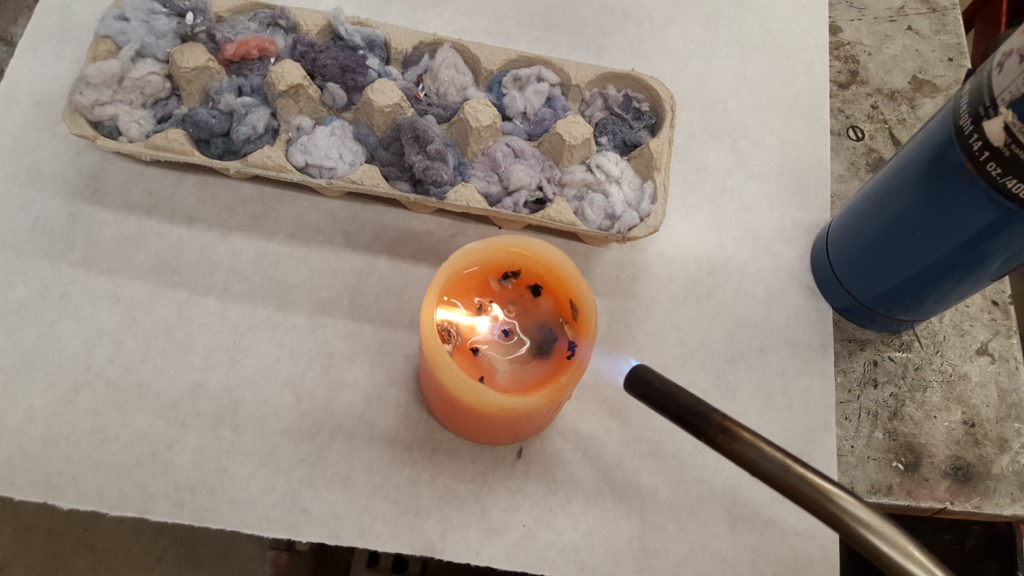
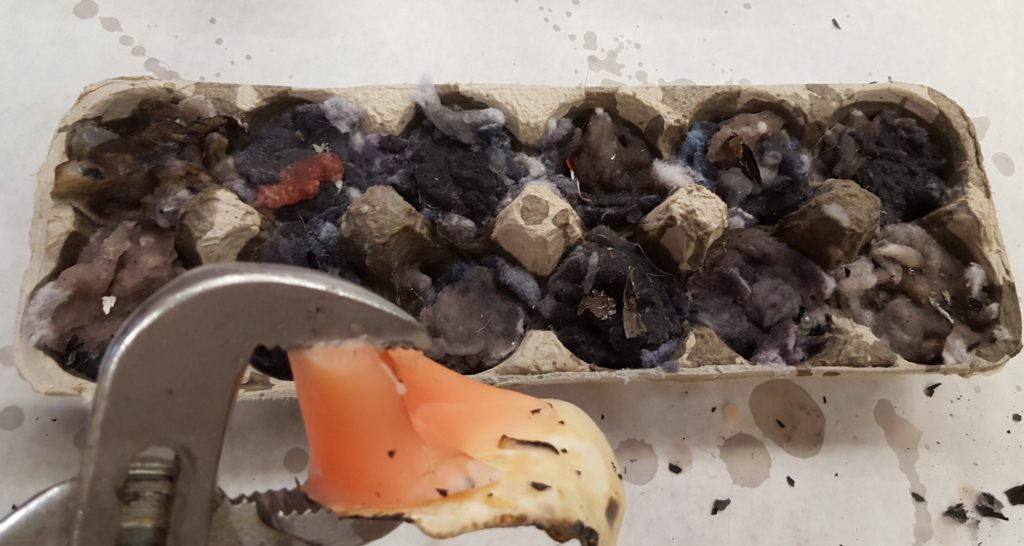
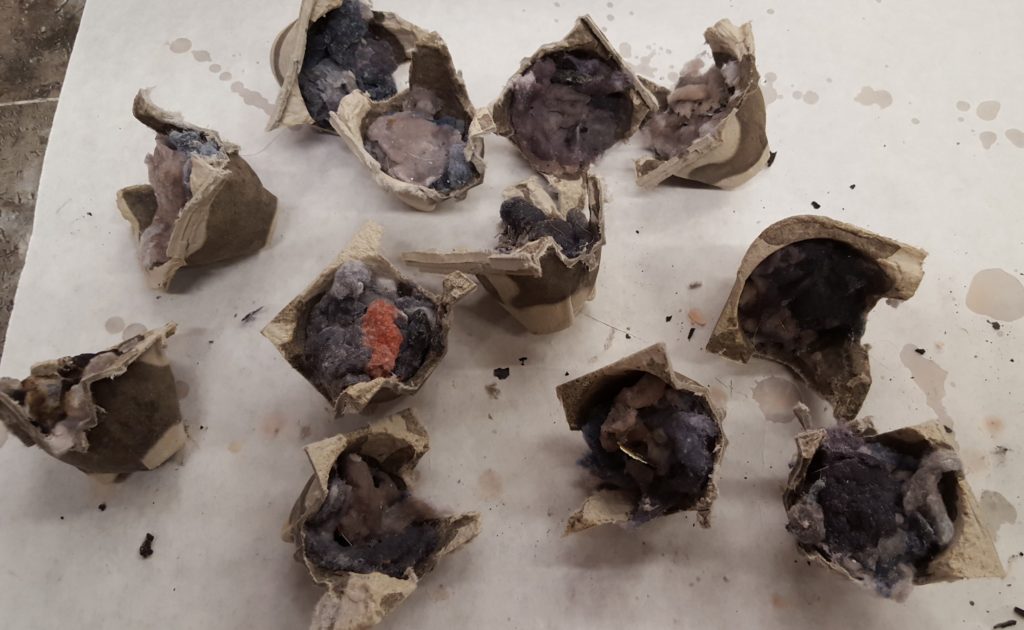
 A quandary I was in. I like communicating via Bluetooth intercom with my riding buddies and love taking videos of our rides. The Sena 10C camera/intercom combination works well for me. I also love the new Sena 30K “mesh” intercom for its ability to hook up with 10 or more other 30K intercoms. The 10C is limited to only three. I wish Sena made a 10C-like camera with the ability to “mesh intercom” with lots of riders like their 30K model!
A quandary I was in. I like communicating via Bluetooth intercom with my riding buddies and love taking videos of our rides. The Sena 10C camera/intercom combination works well for me. I also love the new Sena 30K “mesh” intercom for its ability to hook up with 10 or more other 30K intercoms. The 10C is limited to only three. I wish Sena made a 10C-like camera with the ability to “mesh intercom” with lots of riders like their 30K model!
 For the 30K, I used the plug-in boom mic and for the 10C I used the wired small mic. For a mic holder, I used two of the windsocks supplied with the 10C mounting kit. I cut the top off one, making it into a sleeve and slid the big 30K mike through it along with the wired 10C mic. Then I put the 10C mike in a complete windsock and slid it onto the 30K mike. The 10C mike is in the end. Both work very well when close to your mouth…the closer the better.
For the 30K, I used the plug-in boom mic and for the 10C I used the wired small mic. For a mic holder, I used two of the windsocks supplied with the 10C mounting kit. I cut the top off one, making it into a sleeve and slid the big 30K mike through it along with the wired 10C mic. Then I put the 10C mike in a complete windsock and slid it onto the 30K mike. The 10C mike is in the end. Both work very well when close to your mouth…the closer the better.


